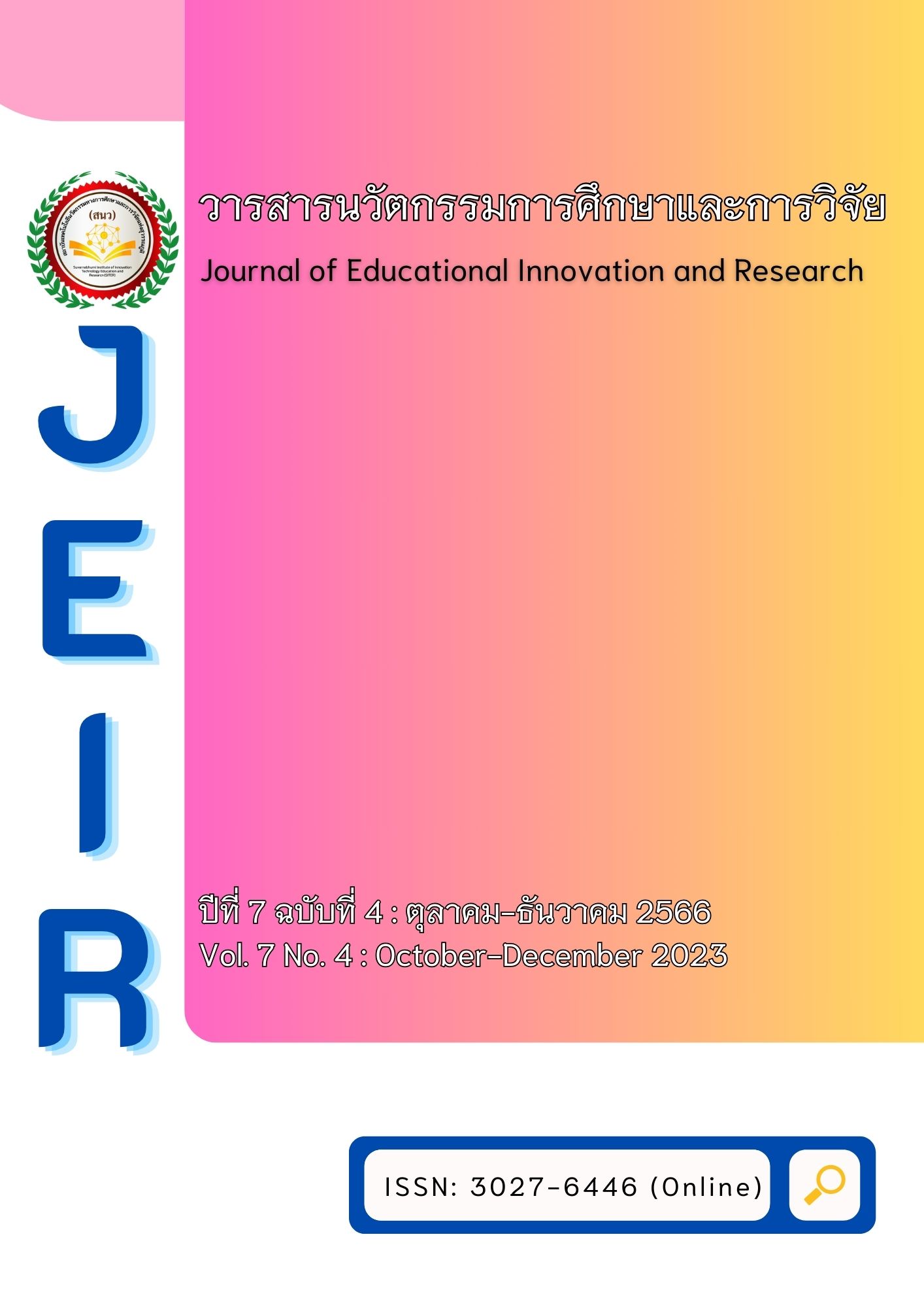Brand Communication and Consumers’ Brand Purchase Intention in social media: Mediator Effect of Brand Image, Brand Association/Awareness, Brand Loyalty
Main Article Content
บทคัดย่อ
This article mainly researched the mediating effects of brand image, brand awareness, association, and brand loyalty on brand communication and purchase intention in social network brand communication. The sample group consisted of mobile phone users who used the Xiaohongshu APP. The research used SEM and mediation test to test the hypothesis. The results showed that brand image, brand awareness, association and brand loyalty played a mediating role between brand communication and purchase intention. Research also suggested that on social media, brands could still attract consumers' attention by creating a unique image and showcasing their brand's personality. Moreover, it could be done through the connection between social media platforms and consumers so that recognition, memories and associations increased purchase preferences. Finally, brands could also build and maintain brand loyalty through social media to increase product stickiness among consumers, significantly influencing consumer purchasing decisions.
Article Details

อนุญาตภายใต้เงื่อนไข Creative Commons Attribution-NonCommercial-NoDerivatives 4.0 International License.
เอกสารอ้างอิง
Aaker, D. A. (2009). Managing brand equity. simon and schuster.
Aaker, D. A. (2010). Building strong brands. London: Free Press.
Aaker, D. A., & Joachimsthaler, E. (2000). The brand relationship spectrum: The key to the brand architecture challenge. California management review, 42(4), 8-23.
Aghaei, M., Hayati, M., & Asadollahi, A. (2014). Effect of integrated marketing communication infrastructures on brand personality to improve the performance of the brand in Iran’s chain stores. Research Journal of Recent Sciences, 3(5), 1-6.
Berthon, P. R., Pitt, L. F., Plangger, K. & Shapiro, D. (2012). Marketing meets Web 2.0, social media, and creative consumers: Implications for international marketing strategy. Business Horizons. Kelley School of Business, Indiana University, 54(3), 275-282.
Chi, H. K., Yeh, H. R., & Yang, Y. T. (2009). The impact of brand awareness on consumer purchase intent ion: The mediating effect of perceived quality and brand loyalty. The Journal of International Management Studies, 4(1), 135-144.
Coates, S. L., Butler, L. T., & Berry, D. C. (2006). Implicit memory and consumer choice: the mediating role of brand familiarity. Applied Cognitive Psychology, 20, 1101-1116.
Dodds, W., Monroe, K., & Grewal, D. (1991). Effects of price, brand, and store information on buyers' product evaluation. Journal of Marketing Research, 28, 307–319.
Engel, J. F. Blackwell, R. D., & Miniard, P. W. (1995). Consumer behavior (8th ed.) New York: Dryden Press.
Fombrun, C. J. (1996) Reputation Realizing Value from the Corporate Image. Boston, M.A.: Harvard Business School Press.
Gerber, C., Terblanche-Smit, M., & Crommelin, T. (2014). Brand recognition in television advertising: The influence of brand presence and brand introduction. Acta Commercii, 14(1).doi. org/10.4102/ac.v14i1.182.
Godes, D. & Mayzlin, D. (2009) Firm-Created Word-of-Mouth Communication: Evidence from a Field Test. Marketing Science, 28(4), 721–739.
Hair, J. F. , Black, B. , Babin, B. , Anderson, R. E. , & Tatham, R. L. (2007). Multivariate data analysis:international edition. Journal of Rheumatology, 35(2), 357-358.
Hauser, J. R. (2011). A marketing perspective on recognition-based heuristics. Judgement and Decision Making, 6, 396-408.
Hutter, K., Hautz, J., Dennhardt, S., & Füller, J. (2013). The impact of user interactions in social media on brand awareness and purchase intention: the case of MINI on Facebook. Journal of Product & Brand Management , 22, 342-351.
Jamali, M., & Khan, R. (2018). The impact of consumer interaction on social media on brand awareness and purchase intention! Case study of Samsung. Journal of Marketing, 144(1), 114–129.
Keller, K. L. (2009). Building strong brands in a modern marketing communications environment. Journal of marketing communications, 15(2-3), 139-155.
Kotler, P. (2003). Marketing Management. (11th ed.). New Jersey: Prentice Hall.
Kozinets, R. V., Hemetsberger, A., & Schau, H. J. (2008). The wisdom of consumer crowds: Collective innovation in the age of networked marketing. Journal of macromarketing, 28(4), 339-354.
Li, C., Bernoff, J., & Groot, M. (2011). Groundswell. Boston, Mass: Harvard Press.
Luo, X., & N. Donthu. (2006). Marketing’s credibility: A longitudinal study of marketing communication productivity (MCP) and shareholder value. Journal of Marketing, 70, 70-91.
Macdonald, E. K., & Sharp, B. M. (2000). Brand awareness effects on consumer decision making for a common, repeat purchase product: A replication. Journal of Business Research, 48, 5-15.
Mangold, W. G. & Faulds, D. J. (2009). Social media: The new hybrid element of the promotion mix. Business Horizons, 52(4), 357–365.
Mowen, J. C., & Minor, M. (2001). Consumer behavior: A framework (2nd ed.). Upper Saddle River, New Jersey: Prentice-Hall.
Muntinga, D. G., Moorman, M. & Smit, E. G. (2011). Introducting COBRAs: Exploring motivations for brandrelated social media use. International Journal of Advertising, 30(1),13–46.
Oliver, R. L. (1997). A Behavioral Perspective on the Consumer. New York: McGraw Hill.
Pappu, R., Quester, P. G., & Cooksey, R. W. (2005). Consumer‐based brand equity: improving the measurement–empirical evidence. Journal of Product & Brand Management,14(3), 143-154.


